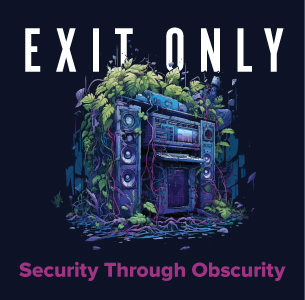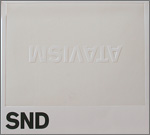
(October 2009) Atavism, SND’s fourth album since their 1998 inception, is, surprisingly, their first for Raster-Noton. But in a sense the duo were already a Raster notion before Raster-Noton, purveying Maschine music without the Mensch, as labcoat-attended as it gets. Now this latest SND is even more resolute in denying its morph- any trace of anthropos. With Atavism, ironically, Mark Fell and Mat Steel seem to have ditched the UK Garage-abstracted synco-shimmy – a part of their stylesheet that would have made their music more appealing to a new generation of Dubstep-steeped listener – and gone back to their techno roots. How so?
Well, Atavism, the term, refers to the reappearance in an individual of characteristics of some remote ancestor that have been absent in intervening generations. Hence we get Atavism, the album, whose concept is articulated by R-N in best academic pukka: “The geometric forms and rhythmic assuredness of first-wave techno combine with the linear clarity of digital minimalism to expose themes whose rhythmic and harmonic immediacy and ostensive sparsity belie the complexity of their form.” Apparently, in a cycle of exposition and development over 16 untitled pieces, “its materials are slowly drawn through processes of compression and expansion, inversion and reversal, atomization and consolidation, to return shaped into new orders – a process of sonic origami.” Thus, tracks repeat the same themes with small emergent variation, and Atavism retreats even further into its own solipsistic universe, deploying the same restricted snd-palette – an abstracted harkback to the bleep techno of LFO and similar circulating in early 90s Sheffield – across the entire recording. The tropes of their previous work are all present, but even more ascetic and unmoderated. In the seven years since 2002’s Tender Love, the keyboard colours have faded, everything now in digital monochrome in the form of a deliberately restricted and unapologetically uncooked clipped percussion ensemble pummelling dinning out groinless rhythms. Atavism is thus premised on snd’s bricolage of its own ‘snd’ archaeology, exploring (or rather anally examining) the possibilities of its limitations.
SND’s music has always been minimal, but with the hi-jacking of minimal, this music requires another term; perhaps Reductionism would be as good as any. As with the group’s name, there’s a kind of lacuna in their music – a bloodless bassless affair wherein all occurs in middle and high end. Its peculiar speed-shifts and quirky jerky stop-starts, its hail of un-effected pocks and thwacks, are definitely an aquired taste – and acquisition requires close attention, in order for Atavism not to become mere irritating noises off, a rattling of metals and loco-motions in dry air, which it was on first airing; a different listening strategy second time around yielded a rather more satisfying experience, but still Atavism proves to be a challenging work whose charms are spiky and somewhat elusive.
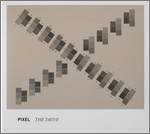
In contrast, Pixel’s The Drive, a conceptual soundtrack to an imaginary road movie, continues the label’s trend towards expanding its boundaries (cf. recent albums by Alva Noto and Byetone, reviewed here) whilst remaining true to its in-house aesthetic. There are echoes of the early Pole albums in Jon Egeskov’s architecture and methodology with its warm grainy trails of amplifier efflatus bespeckled with a minimal repertoire of pulse-and-patter percussives, allied to a few simple digi-tones. The drifting guitar hum and valve hiss provide a vaguely noir atmospheric edge, its vapour trails snaking their way through the tracks, offset by ultra-precise crackle-and-pulse micro-beats. Tracks take their names from coordinates along The Drive‘s notional national route. Amp drone opens “+28° 35 42.88 -80° 37 13.02” (somewhere in Florida), swelling allusively, motorically, thrumming quietly along the road evoked by its suggestive sound, picking up momentum with a muffled heartbeat kick, before organ-like tones, crepitations and pulses creep in. “+43° 35 43.44 -114° 51 11.09” climbs into higher frequencies and feedback fuzz, dealing in a familiar currency of kicks and clicks and the glitch shtick, but more warmly renewed through marriage to the strangely satisyfing and wholesome amp buzz. Rhythms become forcefully stated on “+40° 42 24.12 -73° 59 51.82,” the most insistent track among what is a predominantly understated set. End of journey comes at “+53° 47 33.66 -99° 43 57.61” (apparently in northern Manitoba), in hushed shards of feedback and micro-clicks, and the return of the engine note.
Overall, Pixel’s is a more musically-informed slant on R-N’s post-Modern Dance, seemingly aiming to inject “swing” and complex polyrhythms as well as a few indeterminacies of melodic lyricism into pre-fabricated and quantized structures. While The Drive has the recognisable R-N aesthetic stamp, there’s a more aleatory and expansive sensibility in it that sets Egeskov’s work apart from the Raster roster.
Atavism and The Drive are both out now on Raster-Noton. [Purchase Atavism | Purchase The Drive
]






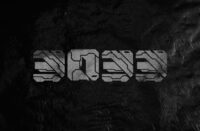
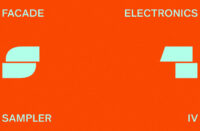
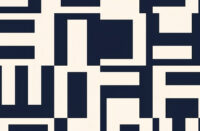




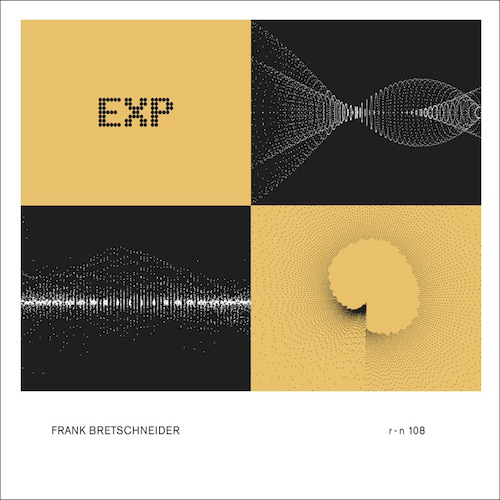






![V/A :: Errormatic Vol.4 [The Collective] (Clean Error)](https://igloomag.com/wp/wp-content/uploads/2024/12/errormatic-v4_feat-75x75.jpg)



